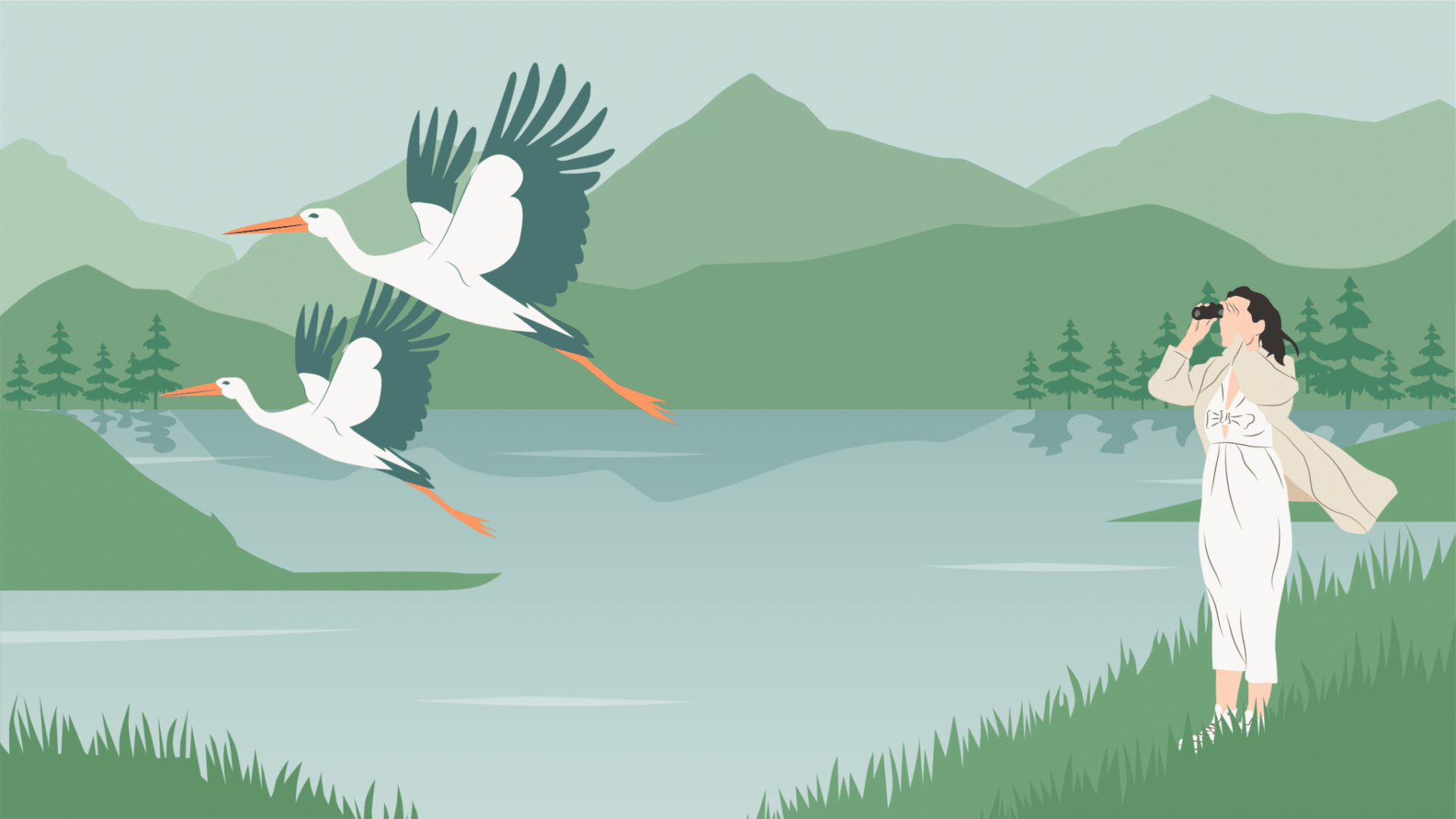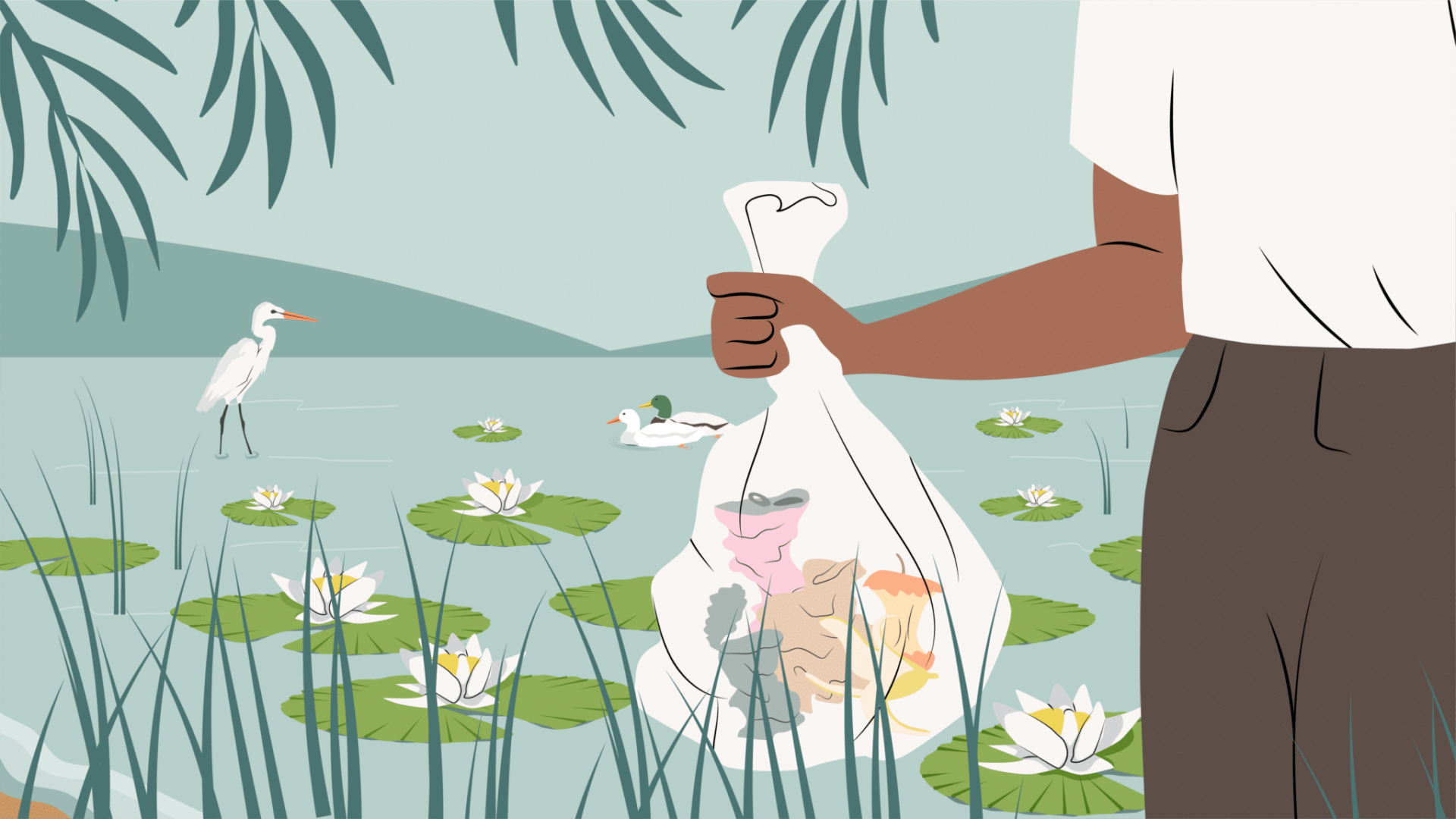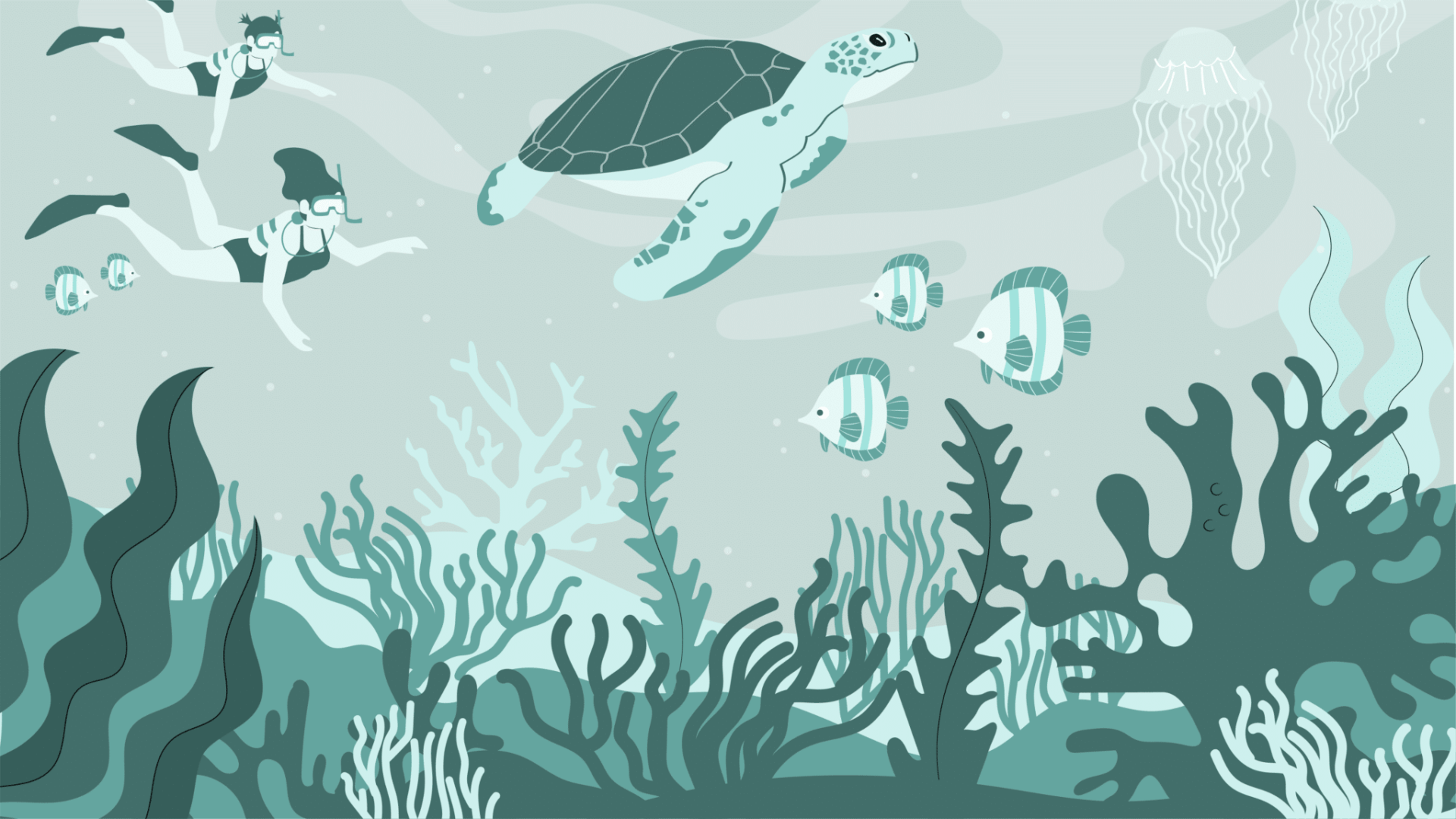From the backcountry of Zion National Park to the pristine forests of Banff and Sequoia national parks, visitors have the privilege of spotting all manner of wildlife. While this is true year-round, in the spring and summer, creatures come out to play and forage for food, creating increased opportunities for close (but not too close) encounters with them.
This proximity means visitors share a responsibility to treat these animals with respect and protect them while exploring their natural habitats.
Keep Your Distance
Furry, cute and cuddly, animals can be tempting to pet. But because they’re wired to avoid potential predators, including humans, encroaching on their space can cause them to defend themselves.
To keep both yourself and wildlife safe, keep at least 25 yards away from nonpredatory wildlife, including nesting birds, deer and elk, and at least 100 yards away from predators like bears, coyotes and wolves. Keep dogs on a leash and children close, as they may be tempted to approach wildlife for a closer look.
If you spot an injured animal, maintain distance and notify a park ranger or other official who can safely provide help instead of approaching on your own. Wounded wild animals can cause disease and injury if they bite or scratch.
Travel in Small Groups

To minimize both disturbances to wildlife and human impact on natural habitats, keep groups small when exploring the outdoors.
Be sure to stay on marked trails when hiking in the backcountry, especially in sensitive ecosystems. And when exploring unmarked areas, be cautious about stepping on vegetation, which could be an animal’s source of food.
Practice Quiet Observation

Animals can perceive quick, sudden movements and loud noises as a threat. And foreign sounds like human voices can cause them to needlessly exert themselves and flee their natural habitat in search of a safer spot. If forced to escape areas where they’re scavenging, this can leave animals feeling hungry and especially stressed.
But there’s an exception: If you’re hiking in bear country during the spring and summer months, making noise by clapping or talking loudly on the trails can alert bears of your presence and prevent them from being startled.
Do Your Research

Because different wildlife species behave differently, it’s hard to know how to respond appropriately during a wildlife encounter. While you should turn around and walk in the opposite direction if approached by a deer, you should speak in a loud but calm voice to appear nonthreatening if faced with a bear.
Identify ahead of time the different types of wildlife in the area you’ll be visiting, and take note of their peak activity hours and how to respond if a run-in happens.
To ensure you’re interacting with the wild responsibly and ethically, research ahead of time the operator of any tour you plan to join. Understand how the tour operator protects the safety of wildlife and travelers and whether or not any natural feeding cycles will be interrupted, as this introduces stress to the animals.
Practice the Leave No Trace Policy

One way to protect and respect wildlife long after you’ve left the region you’re exploring is to practice the Leave No Trace principles. Garbage like granola-bar wrappers, yogurt containers and food scraps can endanger wildlife if not disposed of properly in designated receptacles.
Packing in what you pack out might seem tedious, but one way to help manage the amount of garbage you have to carry is to replace plastics and nonreusable containers with more eco-friendly options.
Play Responsibly in the Water

Though they’re sensitive and fragile animals, corals provide shelter and protection for marine animals like sea turtles, fish and jellyfish. But oils from our skin and especially sunscreen can harm corals.
If you’re swimming, snorkeling or scuba diving with the family this summer, slather on reef-safe sunscreen, which is free from oxybenzone and octinoxate, chemicals that can cause corals to lose their vibrant color in a process called coral bleaching. When corals turn white, they become vulnerable to disease.
Aside from using reef-safe sunscreen, avoid contact with corals. Touching a coral directly, or accidentally by kicking it with your fin, damages its protective layer. When enjoying time in the water, observe corals from a distance and encourage kids to either swim above or around them.




